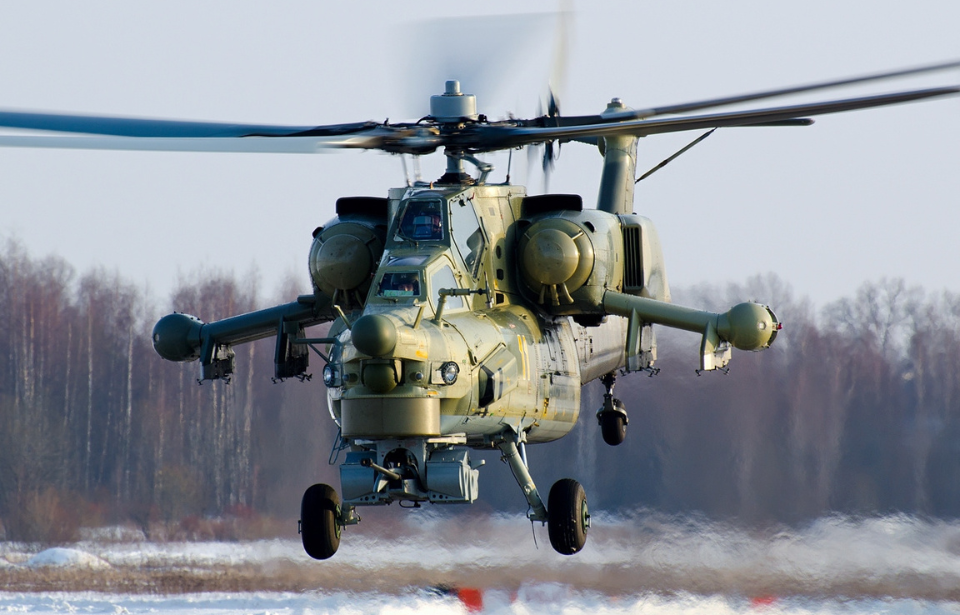The Mil Mi-28 Havoc dates back to the early 1980s, an era marked by significant advancements in military technology. The Soviet Union recognized the need for a helicopter that was specifically engineered for attack missions, moving away from the practice of modifying transport variants for combat. This led to the Mi-28, a chopper that experienced a tumultuous design period before the Russians adopted it in the late 2000s.
Decades-long development of a new Soviet attack helicopter
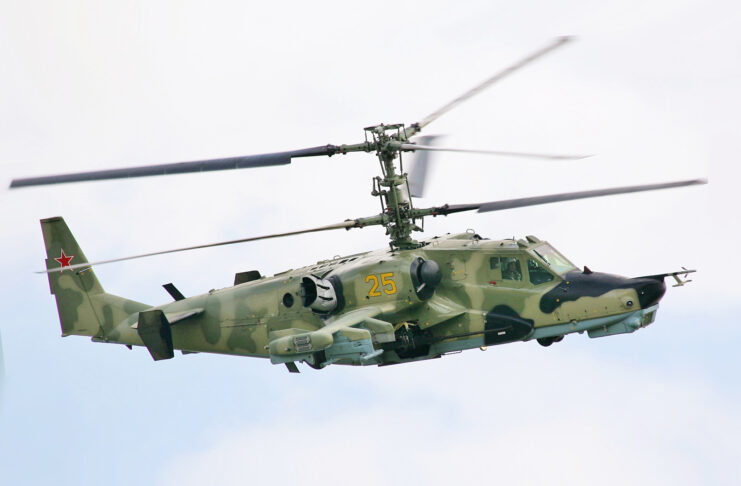
Shortly after the introduction of the Mil Mi-24 Hind into service, the Soviet Union began working on a new helicopter that had a focus on speed and agility, as opposed to troop transport. By 1980, the initial development on the Mi-28 Havoc began, with state trials with the Soviet Air Force taking place just four years later.
As the years went on, work continued on the Mi-28, with the project temporarily cancelled in the early 1990s, as the helicopter in its current state was no match for the Kamov Ka-50 “Black Shark.” It wasn’t until the “N” variant, designed for night operations, was introduced that interest returned, with the now-Armed Forces of the Russian Federation accepting the first units into service in 2009.
Is the Mil Mi-28 Havoc as formidable as it looks?
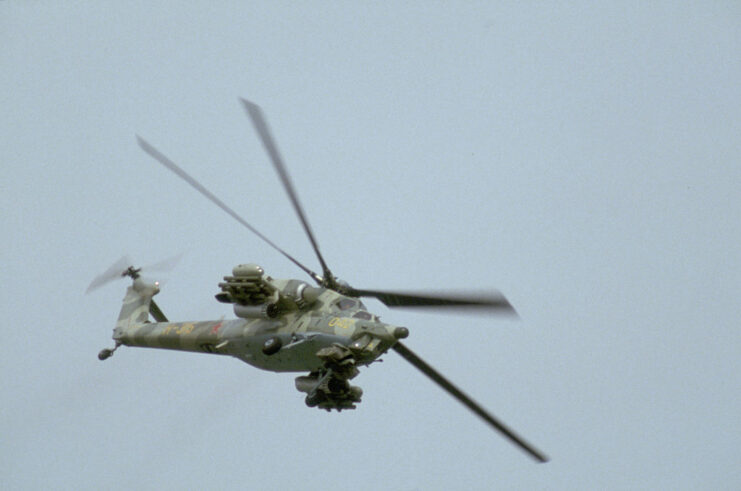
The Mi-28 Havoc is a twin-engine, five-bladed rotor attack helicopter that was designed to serve in all weather conditions, with an emphasis on night operations. Powered by two Kimlov VK-2500 turboshaft engines, which replaced the previously-used Kimlov TV3-117VMA-3Bs engines, it can travel up to 270 miles, at a top speed of 200 MPH. The latter is of particular note, as the Ka-50’s top speed is just 170 MPH.
Given its distinction as an attack helicopter, it’s important to examine the Mi-28’s weapons arsenal. Its primary weaponry is a 30 mm Shipunov 2A42 autocannon that’s mounted on the helicopter’s chin. With a rate of fire of 900 rounds per minute, you might assume it’s a formidable weapon. However, its position causes it to reverberate while being fired, shaking the entire chopper and making it unreliable when aiming at particular targets.
The Mi-28 can also carry a variety of rockets and missiles, primarily Ataka-V anti-tank missiles, S-8 and S-10 rockets, and 9K333 Verba and Vympel R-73 air-to-air missiles. It can also forego the S-8 and S-10 rockets and, instead, hold Gryazev-Shipunov Gsh-23 guns, each of which are capable of carrying 250 rounds.
Outside of its armaments, the Mi-28 also gives pilots a helmet-mounted display, allowing them to locate targets for their weapons officers or navigators to fire at. This is assisted via the helicopter’s integrated surveillance and fire control systems, which provide both wide and narrow views of their surroundings.
How does the Mil Mi-28 Havoc compare to other helicopters?
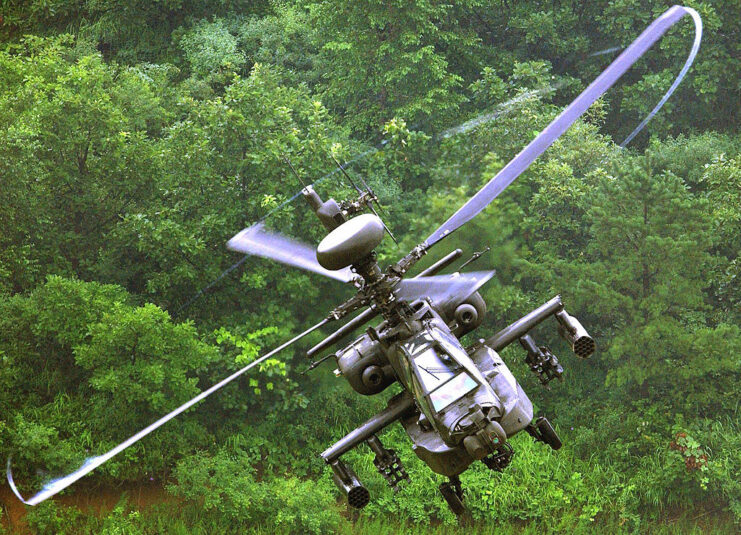
When compared to other attack helicopters, such as the Boeing AH-64 Apache, the Mil Mi-28 Havoc has both unique strengths and certain limitations. Both choppers are designed to perform similar roles, including direct combat and close air support, but they differ significantly in their design philosophies and operational applications.
The Mi-28 emphasizes robust outer armor, with the ability to withstand small-arms fire up to 14.5 mm, and firepower, which are advantageous in high-threat environments. It’s advanced technology and thermal imaging capabilities also give it a leg up when it comes to conducting night missions. That being said, the aforementioned reverberations caused by the 2A42 autocannon mean it isn’t always the most accurate.
Similar to the Mi-28, the AH-64 features a helmet mounted display, and it has a chin-mounted 30 mm cannon. However, unlike its Russian counterpart, the helicopter can carry the formidable AGM-114 Hellfire missiles, among others. This, paired with its sophisticated AN/APG-78 Longbow radar, which allows it to track targets while in hiding, give it a much-needed advantage when operating in dangerous environments.
However, like the Mi-28, the AH-64 has some issues, most notably electrical power generator failures, which not only hinder a pilot’s ability to breath, but also limits their visibility, due to the amount of smoke produced.
Receiving several upgrades and modifications
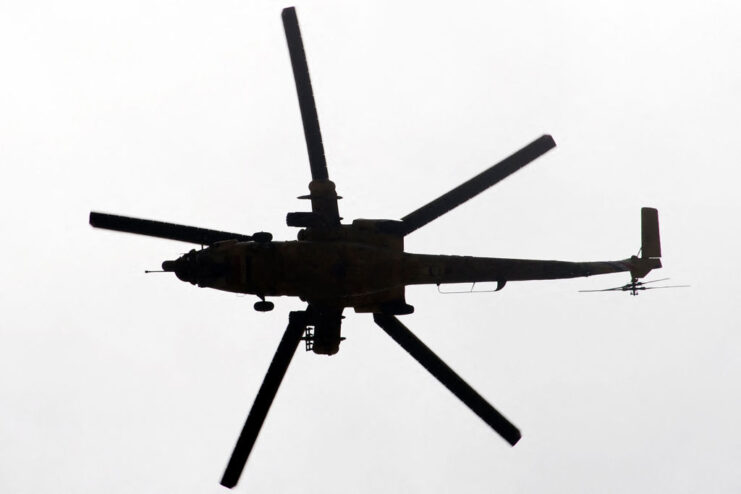
Throughout its service life, the Mil Mi-28 Havoc has underwent continuous upgrades to ensure its continued efficiency and technological edge, as evident in the changes made from the original prototype and the “N” variant that entered service.
The recent model, the “NM,” is considered to be the most sophisticated version of the helicopter yet, featuring similar capabilities as jet aircraft, a lower radar signature, a more powerful engine that allows it to travel at higher speeds, a new and more advanced weapons control system, an extended operational range, and state-of-the-art radar systems.
As with other Russian-made military equipment, there’s an export variant of the Mi-28. Known as the “NE,” it’s operated by the Algerian and Iraqi air forces. As with the Russian model, it’s undergone upgrades, with the addition of new on-board electrical equipment, a stronger engine and more robust rotor blades. The “NE” variant can also carry the helicopter version of the 9M123 Khrizantema anti-tank missile.
Mil Mi-28 Havoc’s operational history
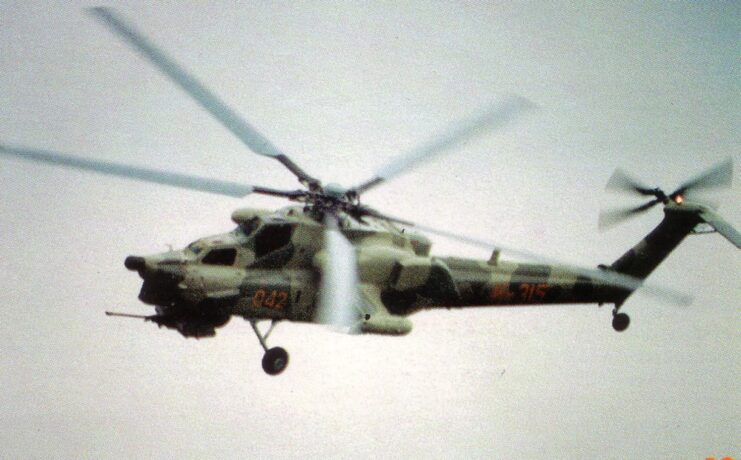
Since entering service, the Mil Mi-28 Havoc has been actively deployed in various conflict zones. Its first tastes of combat, which came during the ongoing Syrian Civil War, provided valuable insights into its operational strengths and areas for improvement.
The helicopter’s most notable use has occurred during the Russo-Ukrainian War – or, shall we say, it’s less-than-notable use, as, most of the time, the Mi-28 has made headlines after being downed or destroyed by the Ukrainian forces. Throughout, reports have emerged of the Ukrainian Armed Forces getting the upper hand of Russian chopper crews, meaning that several have been lost since the conflict began in 2022.
That being said, there have also been reports of Mi-28s securing victories against Ukrainian targets, with it being revealed to the media in January 2024 that the helicopters had successfully targeted Ukrainian strongholds in the Donetsk region.
More from us: Little-Known Facts About the Lockheed SR-71 Blackbird – One Disintegrated Mid-Flight!
That being said, these have been few and far between.
